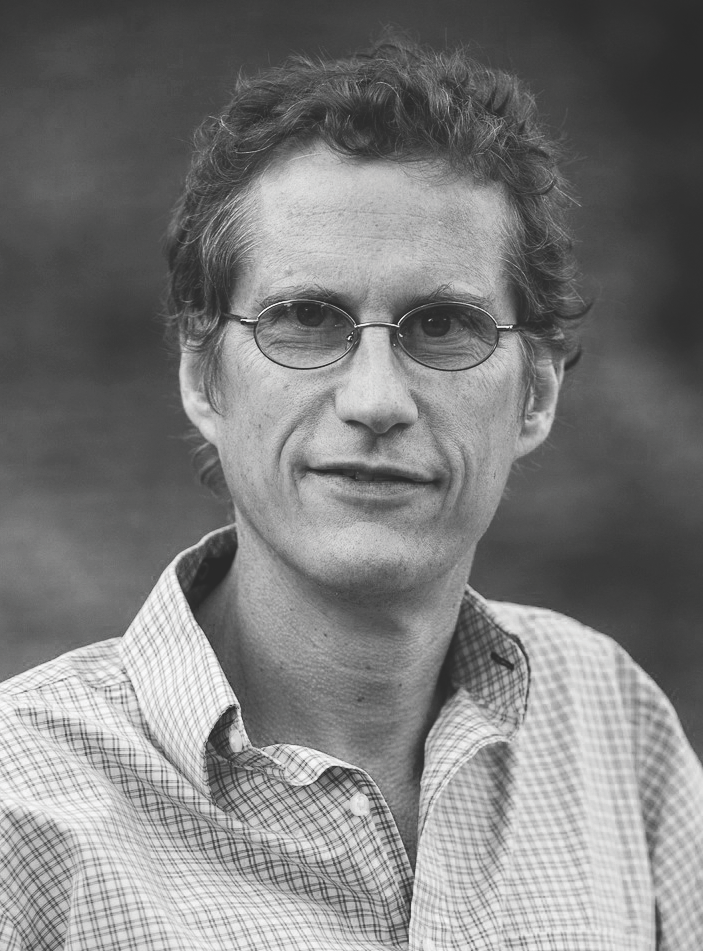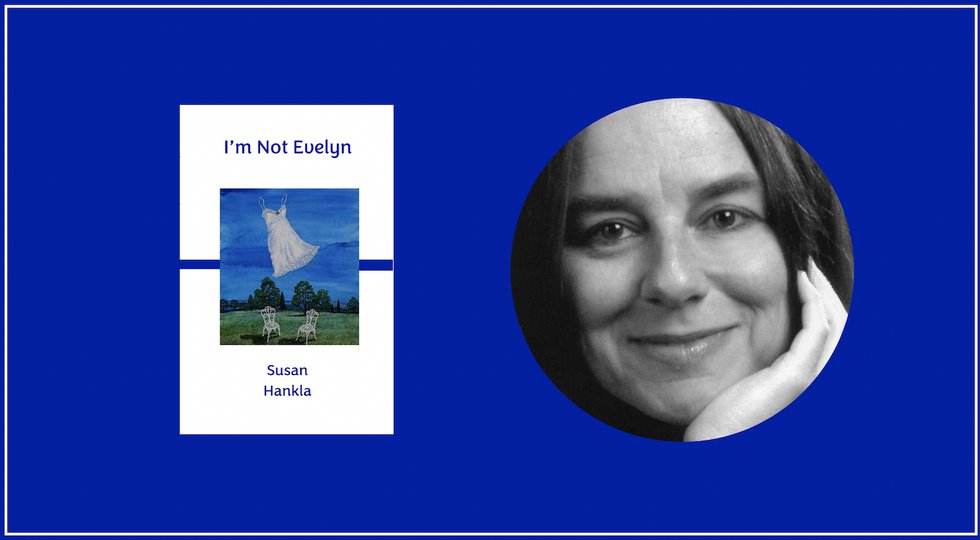Has the game taken a foothold in the Old Dominion?

You might not know this, but Virginia is a hotbed of squash. No, not the savory yellow gourd, but the game of squash, played with a soft little black ball throughout the former British Empire and beyond, albeit in relative obscurity in the U.S. A squash racquet resembles a badminton racquet but is sturdy and tightly strung, like a tennis racquet. Like tennis, it can be played by two or four, and like racquetball, all four walls are in play. It’s a game of strategy, finesse and speed. A shot by the 6-foot-4-inch hard-hitting Australian pro Cameron Pilley has been clocked at 175 mph.
Over the past 10 years, Pilley and the world’s elite players have traveled from across the globe to compete in Richmond’s pro tourney. Known rather loftily in its last five years as the North American Open, it was one of the nation’s top two tournaments (the other being held in a glass court in New York’s Grand Central Station) and top eight in the world, alongside those in London, Hong Kong, Dubai and Qatar.
Richmond’s event started out as a gleam in the eye of Gus Cook, then the pro at the Country Club of Virginia (CCV) and now at fitness center ACAC, and evolved into one of the most spectacular—if least known—sports events ever to take place in Virginia. Cook knew what he was talking about. Soon players were jetting into RVA from Brazil, Pakistan, Zambia and New Zealand, but mostly Egypt and England, whose players now dominate the sport’s top ranks. With the financial and moral support of Davenport & Company’s Ted Price, a long-time squash proponent, Cook’s event grew and grew, relocating from CCV to the University of Richmond in 2006 and finally to Westwood Club in 2011. Run largely by volunteers, who raised funds, billeted qualifiers, chauffeured players and ushered at matches, the tournament developed a reputation for hospitality and each year attracted most of the world’s top 30 players.
As an amateur player and enthusiast who couldn’t believe his luck at watching the two best players in the world—Ramy Ashour of Egypt and Nick Matthew of England—display their whip-like strokes in finals showdowns in his hometown, I schemed to carve out the time to watch the pros for a week each winter. To justify this, I took on the exalted unpaid role of head usher. This meant that I took tickets, helped people find their seats (but never during play), and when my turn came, toweled the players’ sweat off the glass walls of the court between games. I considered it a small price to pay and the best boondoggle in town.
Even better, my family hosted players from England, Egypt, Australia and New Zealand, unfailingly courteous young men, living the strict regimen of elite athletes. One year, Brits Tom Richards and Robbie Temple spent Saturday night playing Yahtzee with our young daughters while my wife and I went out to dinner. Another year, Egyptians Andrew Shoukry and Karim Abdel Gawad took on two of my girls and me in a spirited game of soccer in the backyard. Each winter, my youngest daughter, Nora, asked if Mohammed Abbas and others were coming back so that she could renew her ping pong rivalry with them. For us, the cultural exchange and friendships raised our interest in the sport and surpassed it in reward.
Alas, the crowd size never reached a critical mass to sustain the event long-term. In February of 2013, the North American Open ended its run in Richmond.
Of course, big-time sports teams and events come and go in the Old Dominion, like ice cubes in August: the Virginia Squires, the Richmond Robins and more recently the Richmond Flying Squirrels. We used to have big-time tennis, too. At a WCT tourney of yore in the Richmond Coliseum, I ball-boyed with a broken arm, and Björn Borg and Arthur Ashe signed my cast.
The good news is that squash is thriving in Virginia. With two dozen nine-player teams based at a variety of clubs, the YMCA and the University of Richmond (whose president, Ed Ayers, plays), Richmond boasts one of the busiest squash leagues in America. The McArthur Squash Center in Charlottesville for provides a home to UVA’s club program. Virginia prep schools now compete, send players on to college teams, and offer camps run by Cook (at Episcopal High School) and Patrick Chifunda (at Woodberry Forest), a former world top 100, who took over as pro at CCV. There is also a developmental program, SquashRocks, for inner-city kids at Peter Paul Development Center.
Because squash can be played all year, requires less space than tennis, and provides a vigorous workout in under an hour, it is likely to continue growing. Although the North American Open has gone the way of the rockin’ Robins, Cook has another gleam in his eye.
“With any luck,” he says, “I will bring another pro event to Richmond.”








